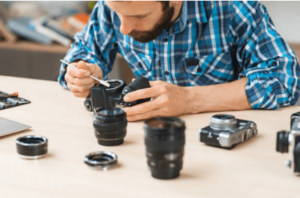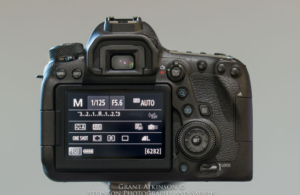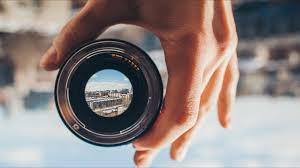What setting do I use on my camera for a really long exposure for night photography?
Night photography offers a unique opportunity to capture stunning images of the world after dark. Whether you’re shooting cityscapes, star trails, or light painting, mastering long exposure techniques is essential for achieving striking results. But what settings should you use on your camera for a really long exposure in night photography?
Night photography involves capturing images in low-light conditions, often after sunset or before sunrise. It requires careful consideration of exposure settings to balance light and achieve the desired creative effect.
Understanding Long Exposures
Long exposure photography involves using a slow shutter speed to allow more light to reach the camera sensor over an extended period. This technique is commonly used in night photography to capture the motion of stars, light trails, or smooth water surfaces.
Choosing the Right Camera Settings
To achieve a really long exposure for night photography, you need to adjust several key camera settings:
Adjusting Aperture for Long Exposures
- Use a narrow aperture (higher f-number) to increase depth of field and ensure sharp focus throughout the image.
- Avoid using the smallest aperture (e.g., f/22) to prevent diffraction, which can degrade image quality.
Setting the Shutter Speed
- Choose a slow shutter speed to allow more time for light to reach the sensor. Experiment with exposure times ranging from several seconds to several minutes, depending on the desired effect.
- Use a remote shutter release or self-timer to minimize camera shake during long exposures.
Selecting the ISO Sensitivity
- Use a low ISO setting (e.g., ISO 100 or ISO 200) to minimize digital noise and preserve image quality, especially in low-light conditions.
- Avoid using high ISO settings unnecessarily, as they can introduce unwanted noise and reduce image clarity.
Using Manual Mode for Precise Control
- Switch to manual mode to have full control over exposure settings, including aperture, shutter speed, and ISO sensitivity.
- Use the camera’s built-in light meter or histogram to evaluate exposure levels and make adjustments as needed.
Considerations for Noise Reduction
- Enable long exposure noise reduction (if available) to reduce the appearance of digital noise in your images.
- Keep in mind that noise reduction processing may increase processing time between shots, so use it selectively based on your shooting conditions.
Tips for Successful Long Exposure Night Photography
- Use a sturdy tripod to keep your camera stable during long exposures and prevent camera shake.
- Frame your shots carefully and pay attention to composition, as long exposures can reveal details and patterns not visible to the naked eye.
- Experiment with different subjects and shooting locations to discover unique perspectives and creative opportunities.
- Be patient and allow sufficient time for each exposure, especially when shooting star trails or light painting scenes.
- Review your images regularly and make adjustments to your camera settings as needed to achieve the desired results.
Understanding how to leverage the capabilities of a high megapixel camera with limited zoom and no image stabilization can also enhance your photography. These cameras excel in scenarios where capturing fine details is crucial, despite their limitations in zoom and stabilization.
Understanding these settings will also enhance your use of high megapixel cameras, allowing you to take advantage of their detailed image capture even in challenging lighting conditions. To explore more about the practical uses of high megapixel cameras, read our detailed article: What are some practical applications of a high megapixel camera with limited zoom and no image stabilization?
Mastering the art of long exposure night photography requires practice, experimentation, and attention to detail. By understanding the fundamental principles of exposure and selecting the right camera settings, you can create stunning images that capture the beauty of the night sky and the world illuminated by artificial light.
RELATED POSTS

Understanding Different File Types and Their Impact on Memory Card Storage

How Can You Fix Focus Issues in a Camera Lens That Consistently Produces Soft or Blurry Images?

How Photographers Can Optimize Their Use of Multifunctional Control Dials for Faster Adjustments ?


One thought on “What setting do I use on my camera for a really long exposure for night photography?”